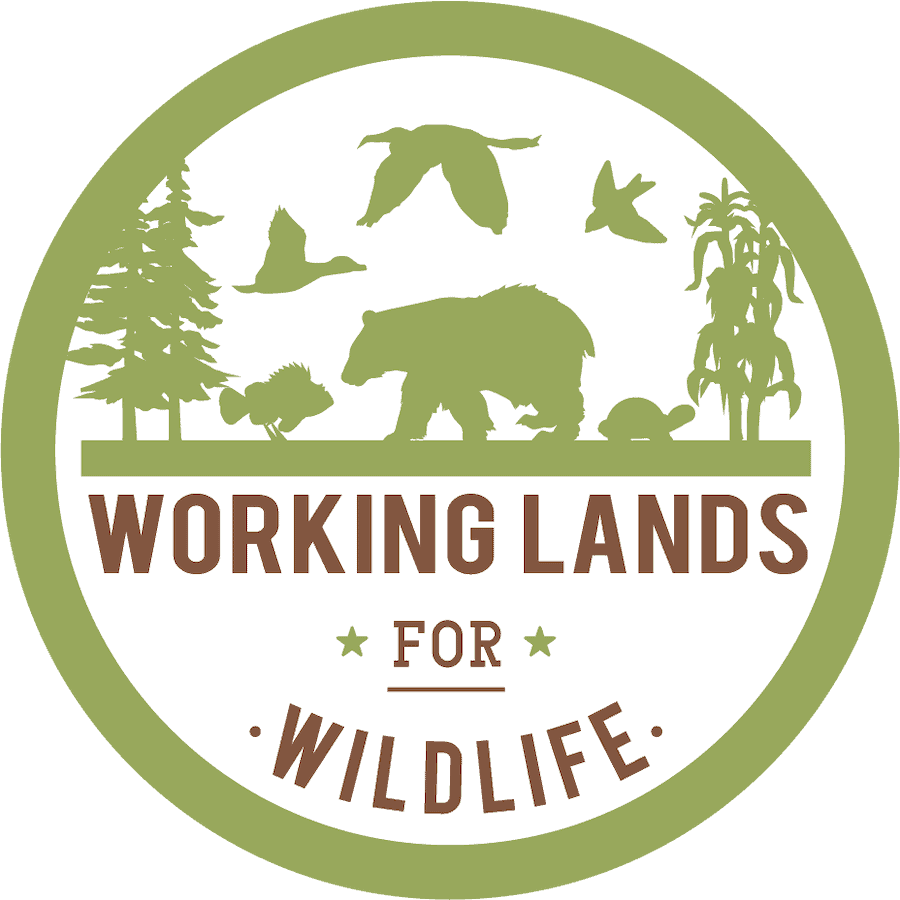-
Introduction to LANDFIRE video series
-
by
Admin
—
published
Jun 17, 2021
—
filed under:
LF,
Fire,
LANDFIRE,
Webinar,
Prescribed Burning,
Landscape Conservation,
Fire Mapping,
Land management,
TNC,
Wildland Fire,
USGS
Through a short series of videos, learn about LANDFIRE: a shared program between federal wildland fire management programs that provides landscape scale geospatial products to support cross-boundary planning, management, and operations. Use LF data for landscape assessment, modeling, analysis, and more.
Located in
Training
/
Online Training Programs and Materials
-
The Nature Conservancy Conservation Gateway Fire Training
-
by
Tab Manager
—
published
Dec 16, 2022
—
last modified
Apr 18, 2024 01:20 PM
—
filed under:
The Nature Conservancy,
Training,
WLFW,
Online Training,
TNC,
Wildland Fire
The Nature Conservancy has conducted over 100 fire training sessions since 1986. Having served more than 3,700 students to date, the Conservancy has earned a reputation for its innovative, experiential approach to learning and dynamic, interagency cadre and student bodies.
Located in
Training
/
Online Training Programs and Materials
-
The Nature Conservancy Private Lands Conservation
-
by
Tab Manager
—
published
Feb 18, 2023
—
last modified
May 29, 2025 05:59 PM
—
filed under:
Landowner Resources,
The Nature Conservancy,
WLFW,
Resources,
TNC,
Working Lands for Wildlife,
Landowner Information,
Private Lands
The Nature Conservancy works to establish local groups that can protect land. Private lands conservation is an innovative tactic that leverages the increasing interest of the private sector to take part in conservation. TNC works with landowners, communities, cooperatives and businesses to establish local groups that can protect land. Some of the main tools used to achieve these goals include land trusts, conservation easements, private reserves and incentives.
Located in
Landowner Information
/
Landowner Resources
-
North Atlantic Aquatic Connectivity Collaborative-HUC12 Prioritization Tool
-
by
Tab Manager
—
published
Apr 10, 2024
—
last modified
Apr 21, 2025 06:27 PM
—
filed under:
Maps,
WLFW,
TNC,
The Nature Conservancy
Helps identify subwatersheds that may have priority for field survey of crossing assessments.
Located in
Learning & Tech Transfer
/
Apps, Maps, & Data
-
Freshwater Network Northeast Region: Northeast Aquatic Connectivity Project's Tool
-
by
Tab Manager
—
published
Apr 10, 2024
—
last modified
Apr 21, 2025 06:27 PM
—
filed under:
The Nature Conservancy,
Maps and Data,
WLFW,
TNC,
Maps
Tool for assessing barriers to aquatic connectivity including dams and road-stream crossings.
Located in
Learning & Tech Transfer
/
Apps, Maps, & Data
-
Chesapeake Fish Passage Prioritization Tool
-
by
Tab Manager
—
published
Apr 10, 2024
—
last modified
Apr 21, 2025 06:27 PM
—
filed under:
The Nature Conservancy,
Maps and Data,
WLFW,
TNC,
Maps
This tool evaluates and prioritizes dams and other in-stream barriers to aquatic organism passage to help inform aquatic connectivity restoration projects in the Chesapeake Bay watershed.
Located in
Learning & Tech Transfer
/
Apps, Maps, & Data
-
Bog Turtle (Glyptemys muhlenbergii)
-
by
Web Editor
—
published
Apr 30, 2021
—
last modified
May 03, 2021 01:28 PM
—
filed under:
The Nature Conservancy,
WLFW,
Bog Turtle,
TNC,
News,
Working Lands for Wildlife
Learn about The Nature Conservancy's work to save North America's smallest turtle.
Located in
Information Materials
/
Habitat Restoration and Management


